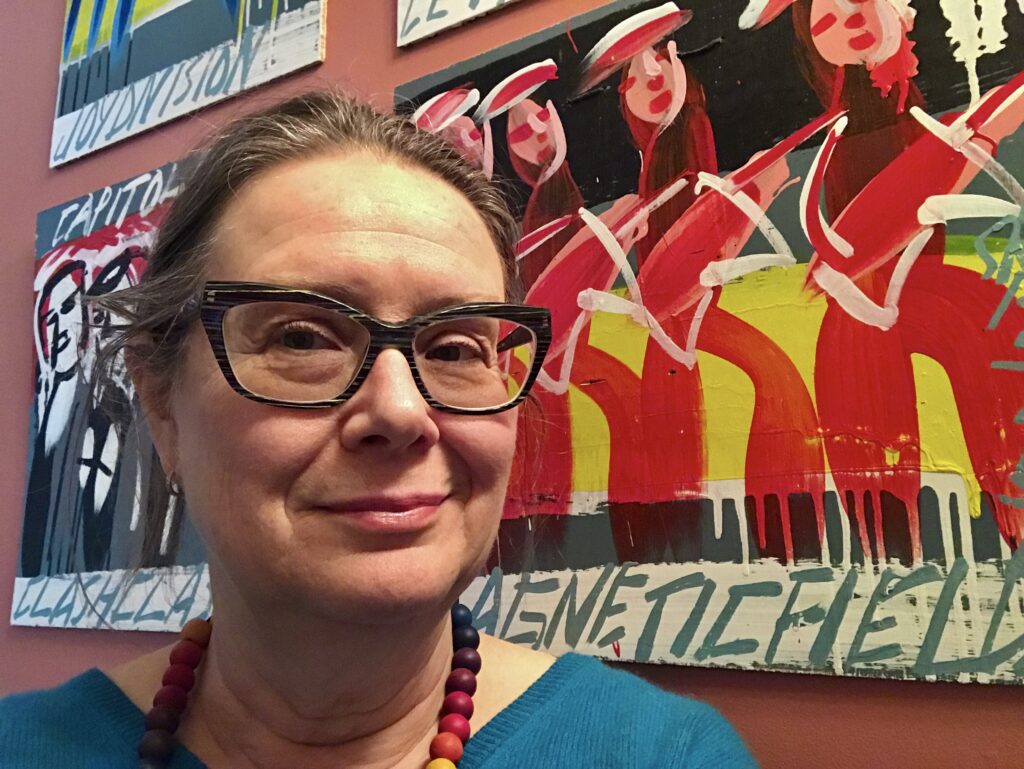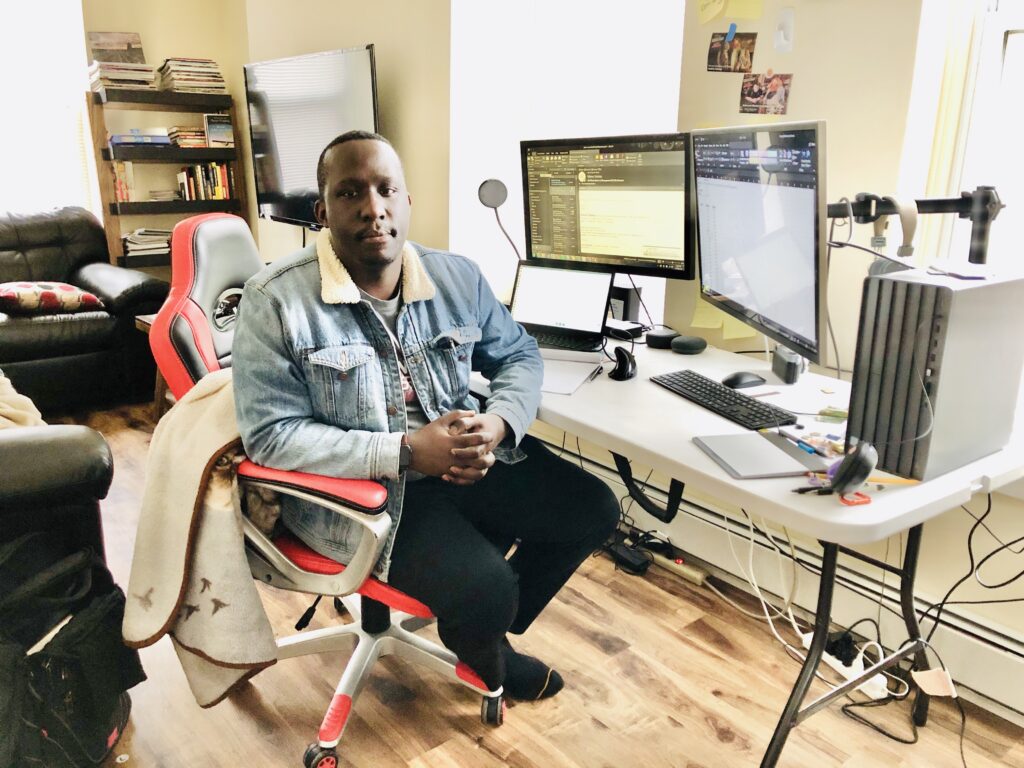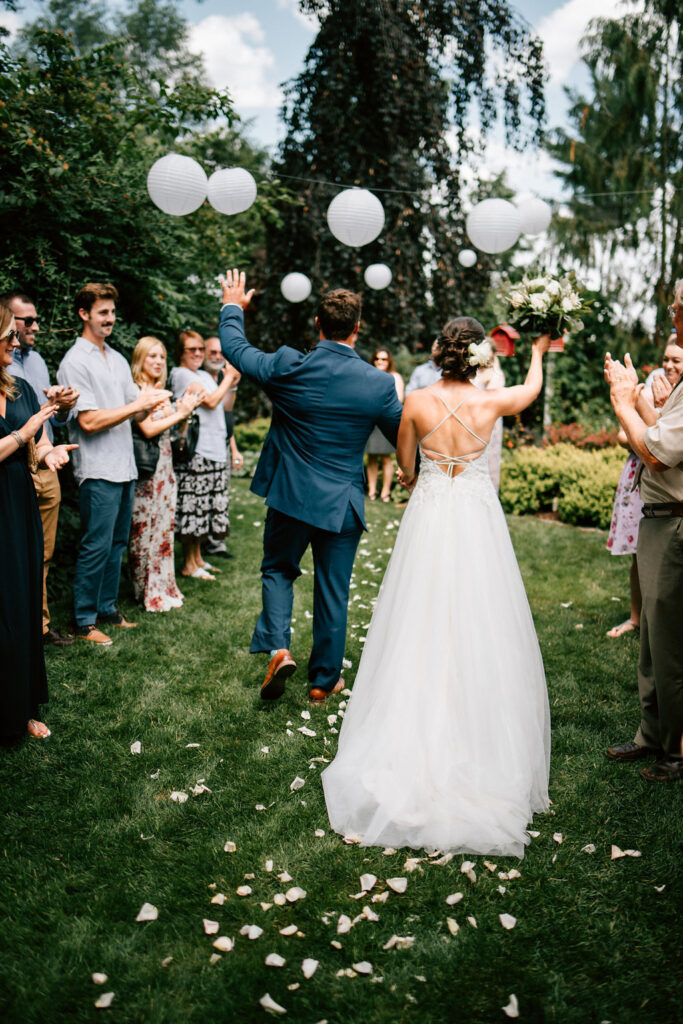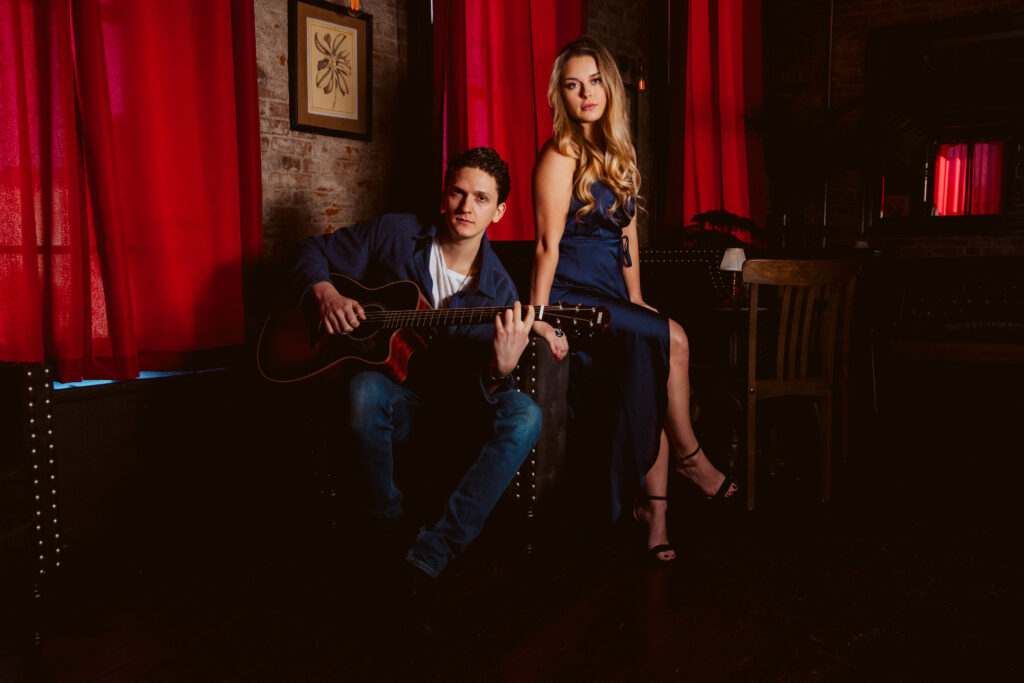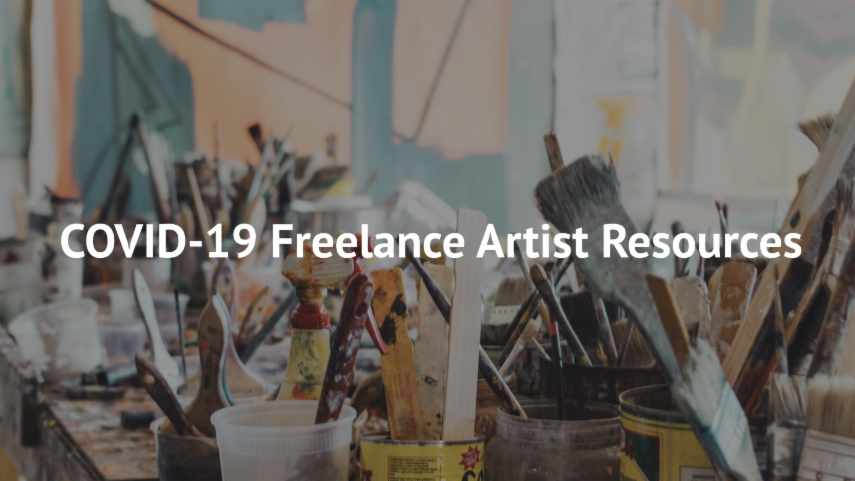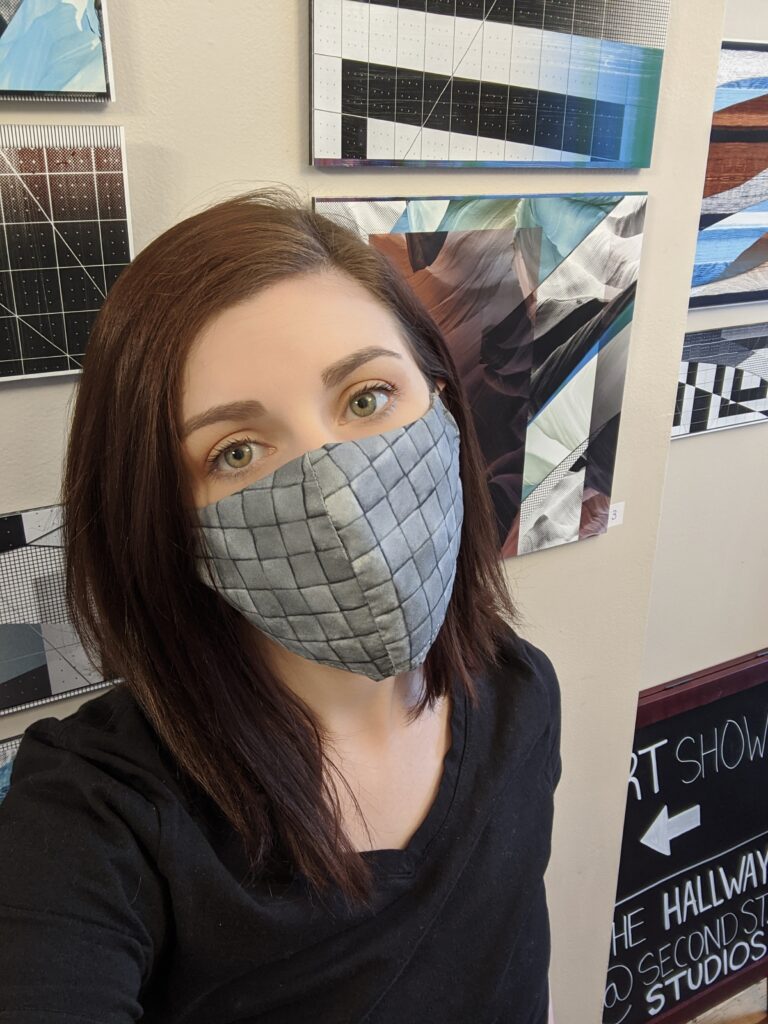
Andrea “Drea” LaRose is a Cap Region native, born in Troy, NY. She’s an artist that works primarily in photography and site-specific installations that deal with visual shifts in analog and digital worlds. In January 2020, Drea and her good friend, Carolyn Hopkins, opened Second Street Studios, in Troy as a space to create artwork and grow a sense of community amongst artists. In this interview, she talks about the struggles and rewards of being a young artist.
Drea, please introduce your creative endeavors and what you’re up to these days.
I like to play and interfere with photography in a way that the information, originality, and authorship mirror our own interactions with images on the internet, a constantly fluctuating digital world around me. I have taught painting at SUNY New Paltz, where I went to undergrad and sculpture at SUNY Albany, where I went to graduate school. I received my Masters in Fine Arts a year ago from UAlbany where they awarded me an amazing summer residency at Sculpture Space in Utica, NY.
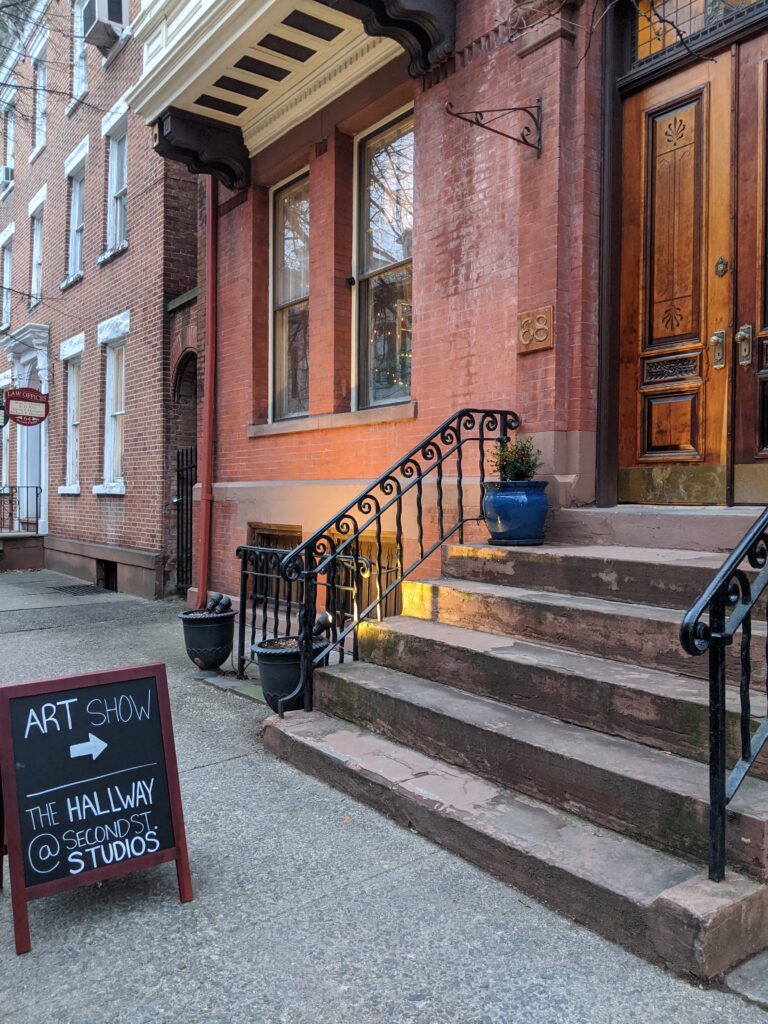
After the experience of working with artists from around the world, I knew I wanted to continue the arts in a way that wasn’t just about my studio practice, but finding ways to involve other artists. Today, I’m a server, which was my main source of income before the crisis, while applying to adjunct teaching jobs waiting for the right fit – as many artists are doing; juggling multiple jobs to support their practice.
Let’s talk about your gallery space, Second Street Studios. What led you to open the space? What is its status now with the current crisis?
An artist and good friend of mine, Carolyn Hopkins, were both in a similar position of wanting a studio space outside of the home. It’s sometimes quite difficult to create in a space you live in, or I find it that way anyway. I got lucky and found this amazing space at 68 Second Street in Troy, a small but beautiful space that we could instantly see ourselves in. We both had the idea of making it into more than just a studio, we wanted to have classes, invite other artists into the studio for critique nights and exhibit work of other artists. You’re told so many times how difficult the “real world” is after graduate school, especially in the arts, but until we actually went through it, we didn’t have a clue.
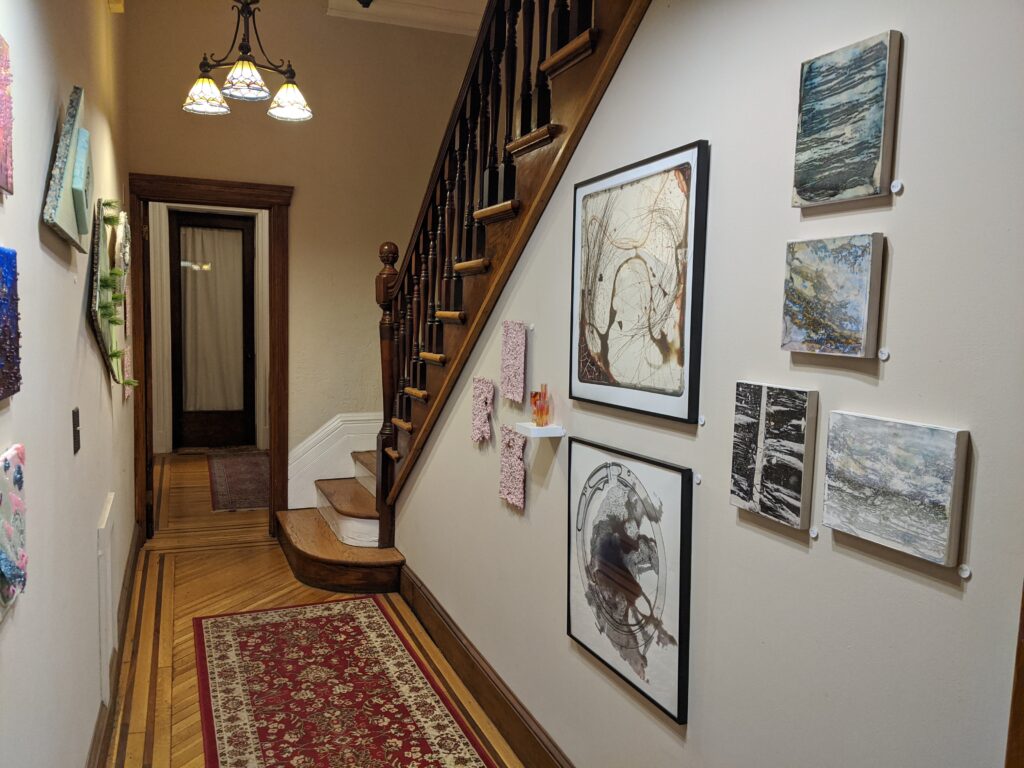
Application fees for exhibitions added up…we received so many rejection letters from job or show opportunities, it began to drag a bit. But what remained was that we both wanted to provide a space for emerging artists, like ourselves, to show their work, without all these application steps AND keep 100% of their sales. “The Hallway” (literally the adjoining hallway from the front door to our studio) became this opportunity to exhibit artwork, and our inspiration for what this space could turn into started there. Unfortunately due to the pandemic, Carolyn had to move out of the space because she wasn’t able to use it anymore, but she’s still part of the energy. So now we’re at a bit of a standstill with the physical space and I’m coming up with ideas of how I can make Second Street Studios come back stronger than before.
Why do you love being a creative in the Cap Region?
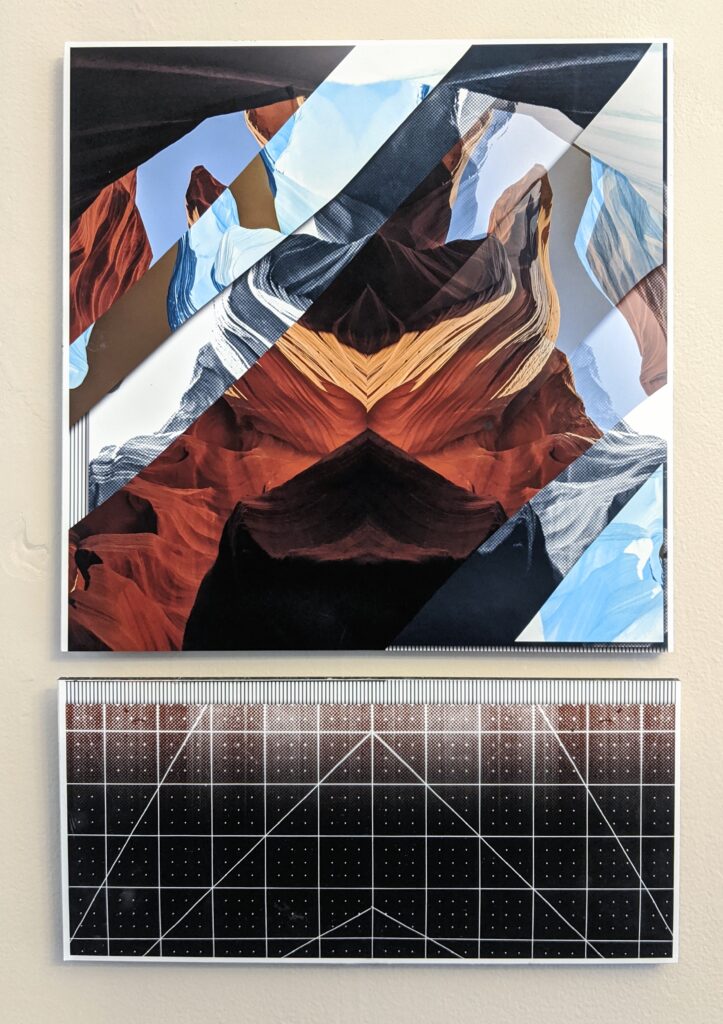
The support we’ve gotten on our exhibitions has been absolutely eye-opening. We’ve had roughly 100 people through our space for each exhibition and it’s amazing to see the community come together, even if the space is small and a bit alternative (compared to your average white-cube art space). I am so happy that through this tough time, our community has donated to help us keep our doors open; and to give back, we’ve been hosting virtual exhibitions that can be viewed on our Facebook page. Our second show airs on Friday May 29th (which would have been Troy Night Out). I don’t want to lose momentum, and most understand the struggles of a starting space/business, especially in the arts; but I want to be able to provide an open, creative, and inclusive environment for people, in-person or virtual.

Seeing the work virtually is in no way a replacement of seeing it in person, but we want to be sure that during this time, they are being supported. I understand there is a huge surge of visual information out there, with businesses, schools, etc. moving to online platforms…we just ask that people simply look.
There’s nothing required of you, other than to look and appreciate what people are making and creating. Through all of this, I think it’s been particularly eye-opening how much the general public has gripped onto the arts as a means of entertainment. I hope everyone remembers that after this is over and helps support the emerging artists today in their community.
Will you leave us with a positive word?
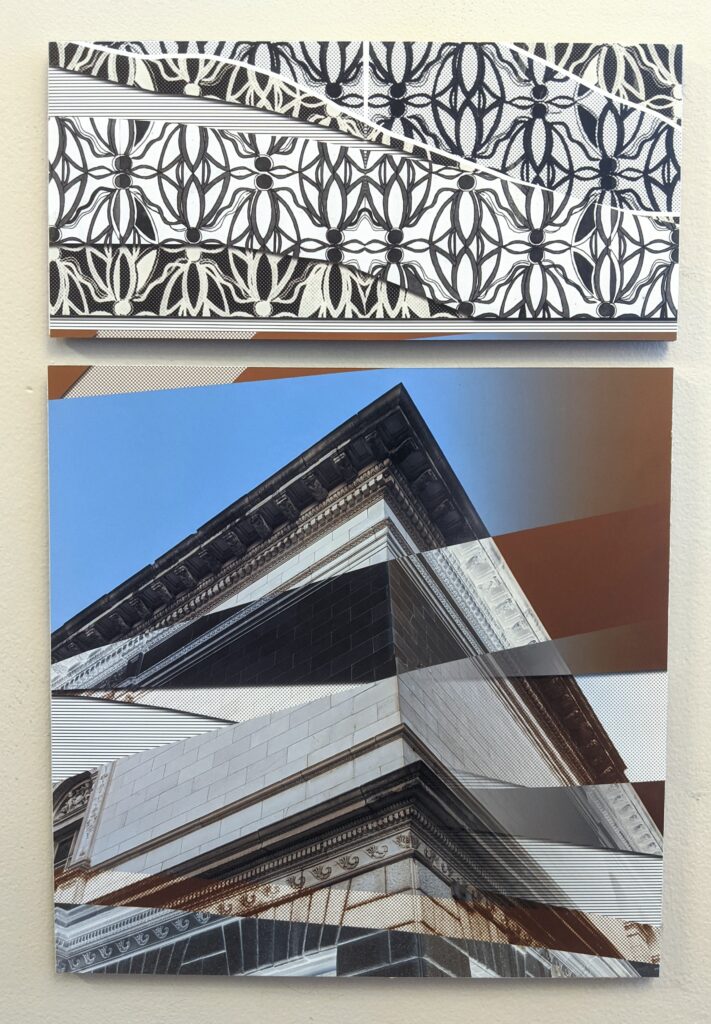
Something I’ve been struggling with during this whole pandemic is the idea of what to do with all of this time. As an artist and creator, this time is ideal to create artwork, but it has proven to be difficult for me at times. I’ve reached out to other artists friends who are feeling the same way, and I’d just like to say to whoever needs to hear this that it’s okay if you aren’t as productive as you were pre-Covid-19. We’re all figuring things out and there’s enough pressure on us all to find solutions to our seemingly ever increasing problems. So, if you need to take a day to do nothing? Do nothing, take time for yourself, and we’ll all get through this together.
Connect with Drea
